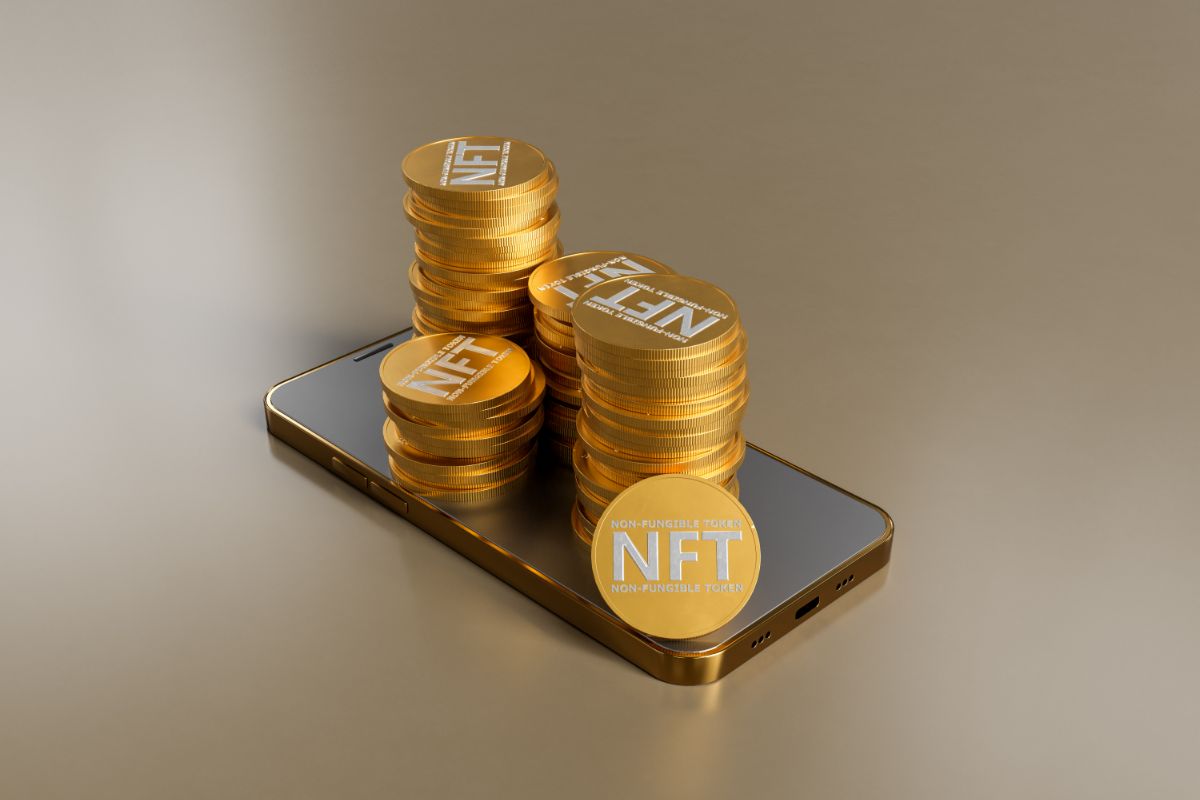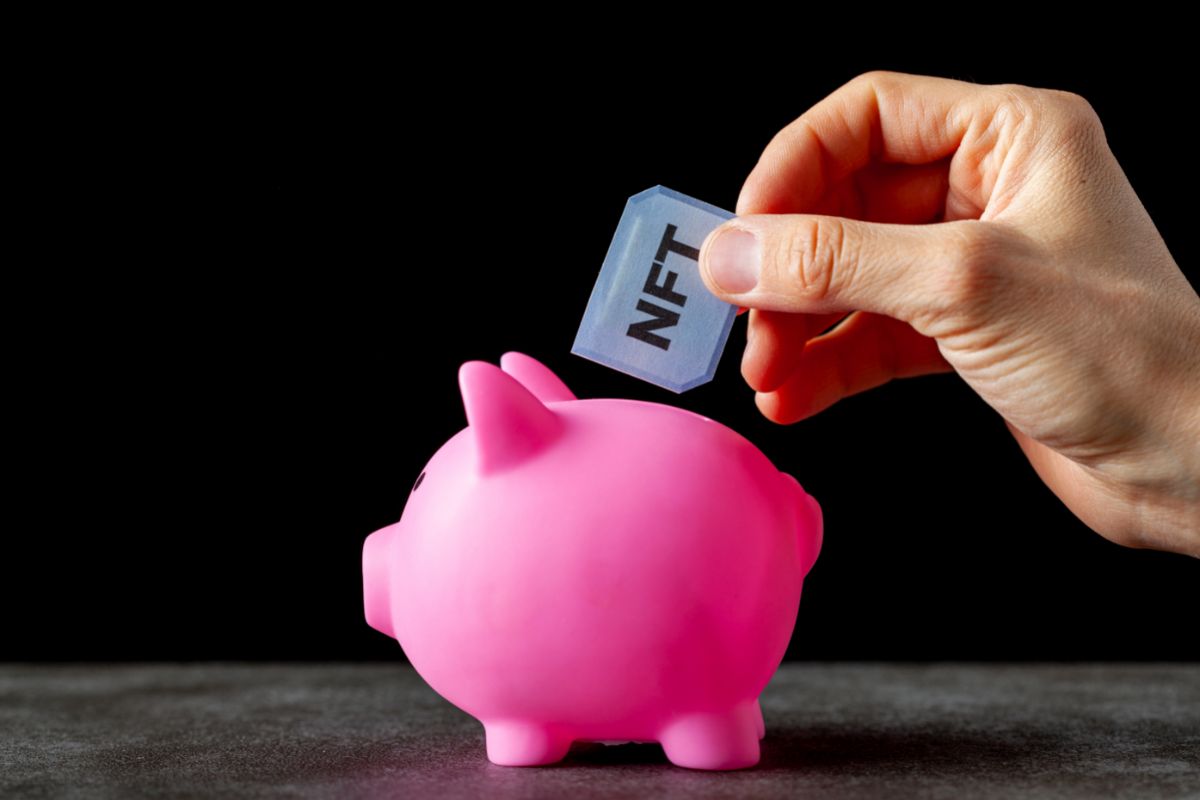NFTs (non-fungible tokens) have revolutionized the way we think and treat digital assets.

Before the advent of NFTs, there was no real way to separate the “owner” of a digital piece of artwork from someone who simply saved a copy of the artwork to their computer hard drive.
NFT’s came along and solved one of the biggest problems in the digital buying and selling world: property rights. They did this by giving all parties involved in any transaction something they can all agree represents ownership.
A market is unable to operate without some clearly defined rules, one of these being who has ownership of an asset and who has the right to buy and sell it.
Despite the above, it’s very easy to see why NFTs give the markets both a sense of excitement and skepticism. They’re a completely new type of asset, and assets like NFTs don’t come around often.
There is a great deal of confusion and misunderstanding surrounding NFTs and their inherent value.
Do NFTs gain value? And if so, how do they gain value?
We’ll be looking at both of these questions in relative detail below.
So if you’re curious about NFT’s and their value, read on!
Do NFTs Gain Value?
Whether NFTs gain value is dependent on certain factors. The reality is, yes, NFTs do have the potential to gain value.
This is down to two factors in particular: rarity and speculation.
To understand this properly, we’ll need to draw a comparison between NFTs and physical pieces of artwork.
The value of a painting or piece of art is determined by the perceived value from those who are buying the piece.
Whilst the value of a piece of art tends to have a consensus, there are some who might value the art as being either worth more or less.
How Does Value Of NFT Increase?
The price and value of NFTs is, arguably, down to the person selling and buying them.
In other words they are priced subjectively.
This is a huge step away from a more centralized authority, and a step towards an open market as it develops a sense of trust between buyers and sellers. This simply cannot be achieved within the confines of a centralized authority.
You might now be wondering what other factors drive the price of an NFT.
Whilst rarity and speculation are undoubtedly important factors, there are others.
What Other Factors Dictate The Price Of An NFT?
The main set of factors that dictate the price of an NFT are as follows:
- Demand
- Buyer Emotion
- Potential Investment
- Creator’s Reputation/Popularity
Cultural significance and usage potential should also be considered as notable mentions in the following list. If the potential return on investment (ROI) is high on a particular NFT, this will also drive up its value.
In reality, all of the above points and factors could arguably be summed up in one word: hype. The higher the hype surrounding an NFT, the higher the value.
Are NFTs A Good Investment?
The short answer to this question is yes, NFTs can be a great investment.
The key word here is “can.”
If you understand what the NFT is being used for and whether the NFT has utility, you’ll most likely have something that will have a long-term life and high ROI.
What Is The Future Of NFT?
Google Trends data (as of August 2021) showed that the global interest in NFTs rose by a staggering 426%.
Considering that, as discussed earlier, the main way NFT prices rise and stay high is the hype surrounding them, this percentage shows that NFTs are here to stay.
However, the confidence with which experts believe the NFT trend will continue has waned in recent months.
How Does An NFT Gain Value?

Most NFTs have intrinsic value owing to their unique qualities, and can be created from virtually any kind of digital media like images, art, music, video clips, or GIFs.
The adaptability of the NFT marketplace can hardly be overstated, as even some memes and tweets can become incorporated into the market.
If we take for example the value of a one dollar bill and the fact that any one dollar bill is “equal” in value to another one dollar bill we can start to see how NFTs gain value.
NFTs are utterly unique, and therefore cannot be replaced by another token. On top of this, all claims of uniqueness and ownership of an NFT can be verified.
NFTs can be valued as an interplay between four key functions, which can be expressed as follows:
Value of An NFT = Utility + Ownership History + Future Value + Liquidity Premium
The above expression of the value of an NFT could be utilized by potential investors to calculate whether a particular NFT is worth investing in.
It could also be used by NFT creators and developers to try and increase the value of their NFTs.
The key here is that the potential for NFTs to create new routes for value creation is limitless.
Summary
As mentioned in our introduction, NFTs have changed the way we consider digital assets. They’ve also opened up the market in ways that simply aren’t possible without them.
There are certain similarities between the classical artwork buying/selling market and the advent of NFTs. The main ones being the potential inherent value generated from interest in the piece, and the fact that scarcity of the asset plays a huge role in determining the value.
An NFT gains value through the generation of hype and interest around the asset. How rare the NFT is also plays a part.
- Best Gold IRA investment strategies - July 24, 2024
- Gold IRA Rollover: How to Convert Your Retirement Savings - July 24, 2024
- Understanding Gold IRA: A Comprehensive Guide to Secure Retirement - July 23, 2024
